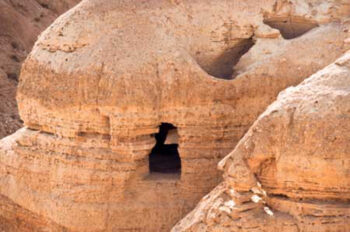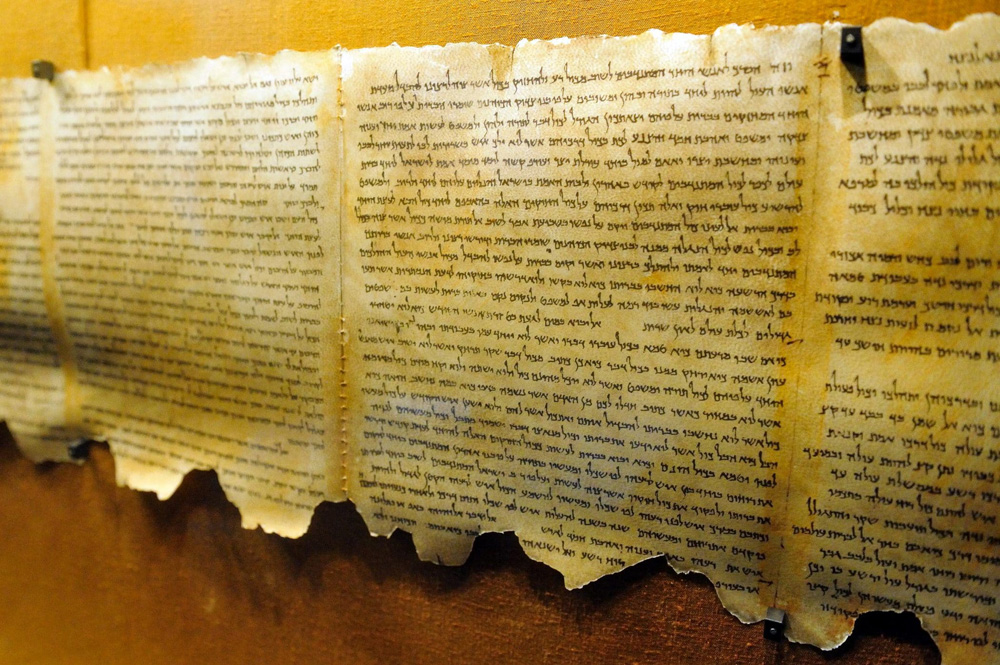By David Roach —

A message from one of the last two untranslated Dead Sea Scrolls may contain a clue to help Bible scholars reconstruct the chronology of Jesus’ final week on earth.
Researchers at the University of Haifa have pieced together and translated 42 encoded fragments of a scroll that explain the structure of a year according to the 364-day calendar employed by the first-century Jewish Qumran sect, which lived in the Judean desert and authored the scroll.
While the Qumran sect’s use of a 364-day calendar was known from previously-translated ancient documents, the newly-translated material — published in the winter 2017-18 issue of the Journal of Biblical Literature — reveals the Hebrew name of a festival the sect observed to celebrate each change of season: Tekufah (“period” in English).
In contrast to the 364-day calendar, the more mainstream Pharisees and Sadducees employed a lunar calendar, which at times placed Jewish festivals on slightly different days.

Jim Sibley, a longtime Baptist representative in Israel who teaches at Israel College of the Bible, told BP Jesus and His disciples may have operated according to the Qumran sect’s calendar during the final week of His life. That could explain “the apparent discrepancy” between John 19:14‘s report that Jesus died the day immediately preceding the evening of the Jewish Passover meal and the Gospels’ account of Christ’s eating the Passover meal the previous night, he said.
“The sign for the disciples as to where they would have the supper was a man carrying a pitcher of water,” Sibley said in written comments. Presumably, the disciples found him in southwest Jerusalem, “the traditional site of the upper room.” Some scholars believe that area was home to Essenes during the first century, leaving open the possibility the man was an Essene who observed the Passover according to the 364-day calendar.
A member of the Essenes may have “expressed faith in Jesus and joined the rest of His followers in Jerusalem,” Sibley speculated.
The newly-translated calendar scroll, known as 4Q324d, Sibley said, “point[s] up the importance given to the calendar” in the first century. He added that while the Old Testament notes months of the Jewish calendar, it does not stipulate whether days of the months were to be calculated by the lunar method or the 364-day calendar.
Among other unique features of the scroll, it was written in code and references both biblical and extra-biblical Jewish festivals, wrote University of Haifa researchers Eshbal Ratzon and Jonathan Ben-Dov.
Their work overturned an earlier researcher’s conclusion that the fragments came from several different scrolls, according to the Journal of Biblical Literature article.
Lamar Cooper, a Criswell College professor who has helped excavate a cave where some Dead Sea Scrolls were located, told BP the latest translation “really excites” him because it validates the overall usefulness of the Dead Sea Scrolls.
“When the Dead Sea Scrolls were first found [in 1947], people thought they were not anything worthwhile,” said Cooper, distinguished senior professor of Old Testament and archaeology. “Over the years, everything that comes out [of the Dead Sea Scrolls] affirms what the Bible says.”
The Dead Sea Scrolls likely date from the third century B.C. to the first century A.D. and include important Old Testament manuscripts among about 900 documents written in Hebrew, Aramaic, Greek, Arabic and Latin. — Baptist Press




Comments are closed.